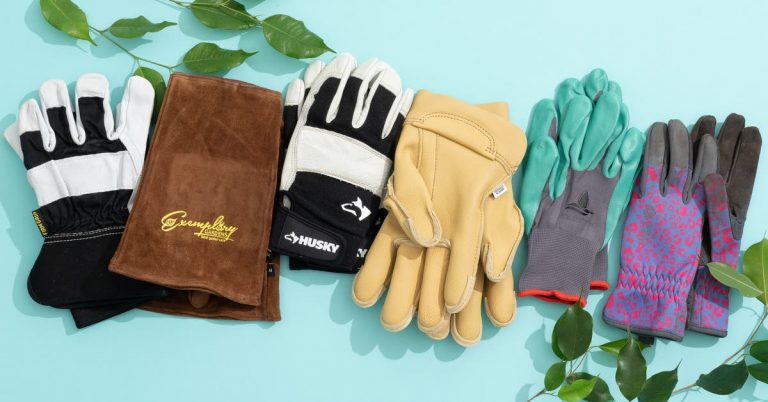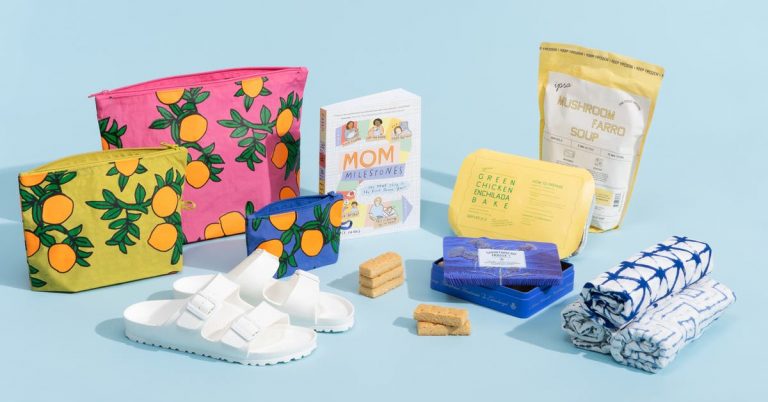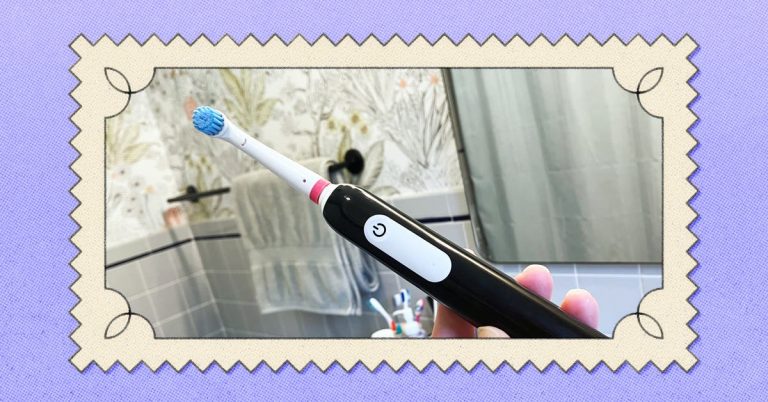The 6 Best Stain Removers of 2025
Stain removers fall into several categories based on the ingredients they contain and the types of stains they tackle. Here’s an overview:
All-purpose laundry stain removers: Sometimes called laundry presoaks, all-purpose stain removers are what you’re most likely to encounter in the laundry detergent aisle at the grocery store. Typically found in spray, rub-in, and on-the-go pen-style formulas, all-purpose stain removers usually come in either liquid or gel form. Like laundry detergent, they tend to contain a combination of enzymes and surfactants, though all formulas differ to an extent.
Laundry detergents: Formulas vary, but laundry detergents are, at a minimum, a combination of surfactants, which reduce water tension and make it possible for soap to mix with water and penetrate stains, and enzymes, biological molecules that incite chemical reactions that break down stains.
Soaps: Unlike laundry detergent, soaps, including those formulated specifically for laundry, do not contain enzymes, relying instead on surfactants and other cleansing agents. Dish soap is widely known as a hack for eliminating grease stains, and bar and hand soaps are also commonly used to treat stains. We tested soap-based stain removers in both liquid and bar form.
Bleaches: While detergents break down the physical bonds of a stain, bleaches break down its chemical bonds, changing its appearance. Bleaches are ideal for removing dye-based, tannic (tea, wine, coffee), and other highly pigmented stains (turmeric, beta-carotene) that cause a saturated discoloration of fabric. For this guide, we focused on non-chlorine bleaches, which are gentler on fabrics than chlorine bleach. We tested multiple stain removers containing oxygen bleach (often referred to as sodium percarbonate), which is the main ingredient in OxiClean. But lemon juice, baking soda, and even sunlight are all non-chlorine bleaches too.
Alcohol and other solvents: These can be the key to removing a specific, locked stain such as paint or shoe polish, and they’re ideal for handling synthetic and some dye-based stains that might not respond to more traditional removal methods like enzymatic detergents or soap. Think Goo Gone for chewing gum, for example, or acetone for nail polish.
We tested more than 20 stain removers using a protocol similar to how we test laundry detergent. Here’s how we evaluated them:
Ingredients: We closely read ingredient lists, and we tracked down safety data sheets for companies that didn’t disclose their product ingredients.
Formula type: We tested spray, rub-on, powder, liquid (designed for both soaking and direct application), and bar stain removers. We noted the consistency of each formula and how it was delivered, favoring those that easily worked into fabric and penetrated a stain entirely.
Scent and odor: While we tested many fragrance-free (or no added fragrance) stain removers, some had strong scents or emitted fumes during use. We dismissed those, depending on the severity.
Stain-removal ability and overall performance: For our initial testing, in which we ruled out many formulas, we assessed stain removers in sets based on similarities and treated prestained T-shirts and stain monitors left over from our laundry detergent testing. We tried the stain removers on both fresh and set-in stains. Formulas that performed well at this stage moved on to more extensive tests.

We tested each set of stain removers on two T-shirts that we stained with grass, pizza, pig blood, a turmeric-based sauce, barbecue sauce, mustard, blueberry, chocolate soy or almond milk, coffee, baby formula, foundation makeup, lipstick, pomegranate cherry juice, and both red and sparkling white wine.
For the first set of shirts, we let the stains set in for about an hour. We pretreated and then washed one shirt according to each stain remover’s instructions. We selected our “to-go” stain remover during this round, since those formulas are designed for fresh stains.
We left the second set of stained shirts untreated for two weeks. We then pretreated each set-in stain according to each manufacturer’s instructions and laundered accordingly.

For the remaining stain removers, we performed a final evaluation using industrial stain monitors containing 15 different stains: makeup, a turmeric-based spice blend, red wine, tomato sauce, blood, chocolate dessert, peat, tea, beta-carotene, grass, animal fat with red dye, baby food, clay, butter, and used engine oil. We pretreated each stain according to the manufacturer’s instructions and then agitated the monitors in tepid water and 1 tablespoon of generic liquid laundry detergent in a stand mixer for 20 minutes. Then we rinsed the monitors and laid them out to dry. In this test we did not look for stains to be entirely removed; instead we used it to obtain comparative data on the contenders’ performance.
After analyzing the appearance of the stains, we assigned a score to each stain remover based on their overall performance in each test.
Additionally, we tested each stain remover on red fabric to check for any discoloration caused by the stain remover. For those that can work as a soak, we soaked stain monitors in a solution of 4 gallons of tepid water plus the recommended dosage of each remover. We then rinsed the monitors and laid them out to dry. We performed a similar test for grease removal with both Tide Free & Gentle Liquid Detergent and Persil ProClean Original Liquid Laundry Detergent (our two liquid picks in our guide to laundry detergent) using prestained T-shirts.

Keep in mind that most of the recommendations in this guide are meant to be used on machine-washable fabrics. Whichever stain remover or detergent you choose, be sure to test for colorfastness by placing a small amount on an inconspicuous place on your garment before pretreating. After five minutes, rinse the spot. Once it has air dried, check to see if the fabric has changed color. If the fabric looks the same, you’re good to go!
Also, most stain removers are not meant to remain in contact with skin for extended periods of time. We recommend wearing gloves when working with them.






